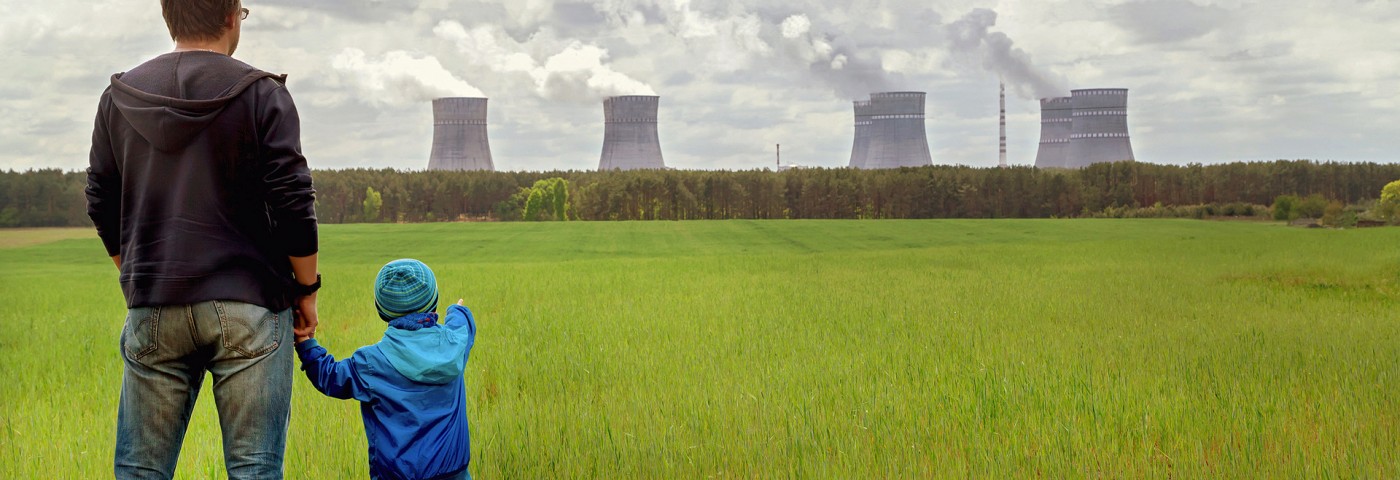Air quality in U.S. cities has dramatically improved since the 1990s, but not enough to ensure that children’s lungs are not being damaged by pollution, according to a study in the American Journal of Respiratory and Critical Care, a publication of the American Thoracic Society.
In the study, “Lifetime Exposure to Ambient Air Pollution and Lung Function in Children,” researchers found that children who were exposed to high levels of air pollution, including PM2.5 (fine particle matter) and black carbon (soot), had decreased lung function when compared to children who lived in less-affected areas.
“Few studies have examined childhood exposure to air pollution after the dramatic improvements in air quality of the 1990’s to see if exposure to air pollution at these lower levels is linked to children’s lung function,” Mary B. Rice, MD, MPH, the study’s lead author and a Harvard Medical School instructor, said in a press release. Dr. Rice added that PM2.5 levels in Boston have dropped by more than 30 percent between 1996 and 2006.
For the analysis, the study included 614 children of women who enrolled between 1999 and 200 in Project Viva, a long-term study of the health of women and children in eastern Massachusetts. The team then calculated the distance between a child’s home and the nearest major roadway, and estimated first year of life, lifetime, and prior-year exposure to PM2.5 using measurements taken from satellites, and to black carbon exposure for the same time frames, using 148 monitoring stations. At age 8, the children underwent lung function tests.
The research team found that the lung capacity of 8-year-olds who lived within 100 meters of a major roadway was, on average, 6 percent lower than that of peers residing at least 400 meters away. Researchers also found that recent air pollution exposure negatively impacted lung function measures, and that children who experienced the greatest improvements in air quality after their first year of life — either due to a change of location or change in pollution levels around the home — had improved lung function compared to those whose air quality hadn’t changed or improved.
“These important findings are from a novel study combining modern modeling of exposures to air pollution with robust measurements of lung function, conducted in a community with pollutant levels now under EPA standards,” Cora S. Sack, MD, and Joel D. Kaufman, MD, MPH, both with the University of Washington, wrote in an editorial accompanying the study. “This adds to the urgency for more work to understand the impacts of these low-level exposures on human health.”
The authors acknowledge the study’s limitations, such as the single measurements in a relatively homogeneous population, but plan to continue to follow the children through adolescence. “We plan to evaluate if the benefits of cleaner air endure by investigating if children with the greatest improvements in air quality continue to have better lung function than their peers in the teen years,” concluded Dr. Rice.
According to the National Institute of Environmental Health Sciences (NIEHS), air pollution is believed to be associated with respiratory diseases such as asthma.

